Oysters have been a way of life in Virginia’s Chesapeake region ever since Native Americans first hand-collected them. And we’re not just talking about eating – these favorite bivalves have worked their way into the very fabric of the realm, in its aqua-art, architecture, viticulture and more.
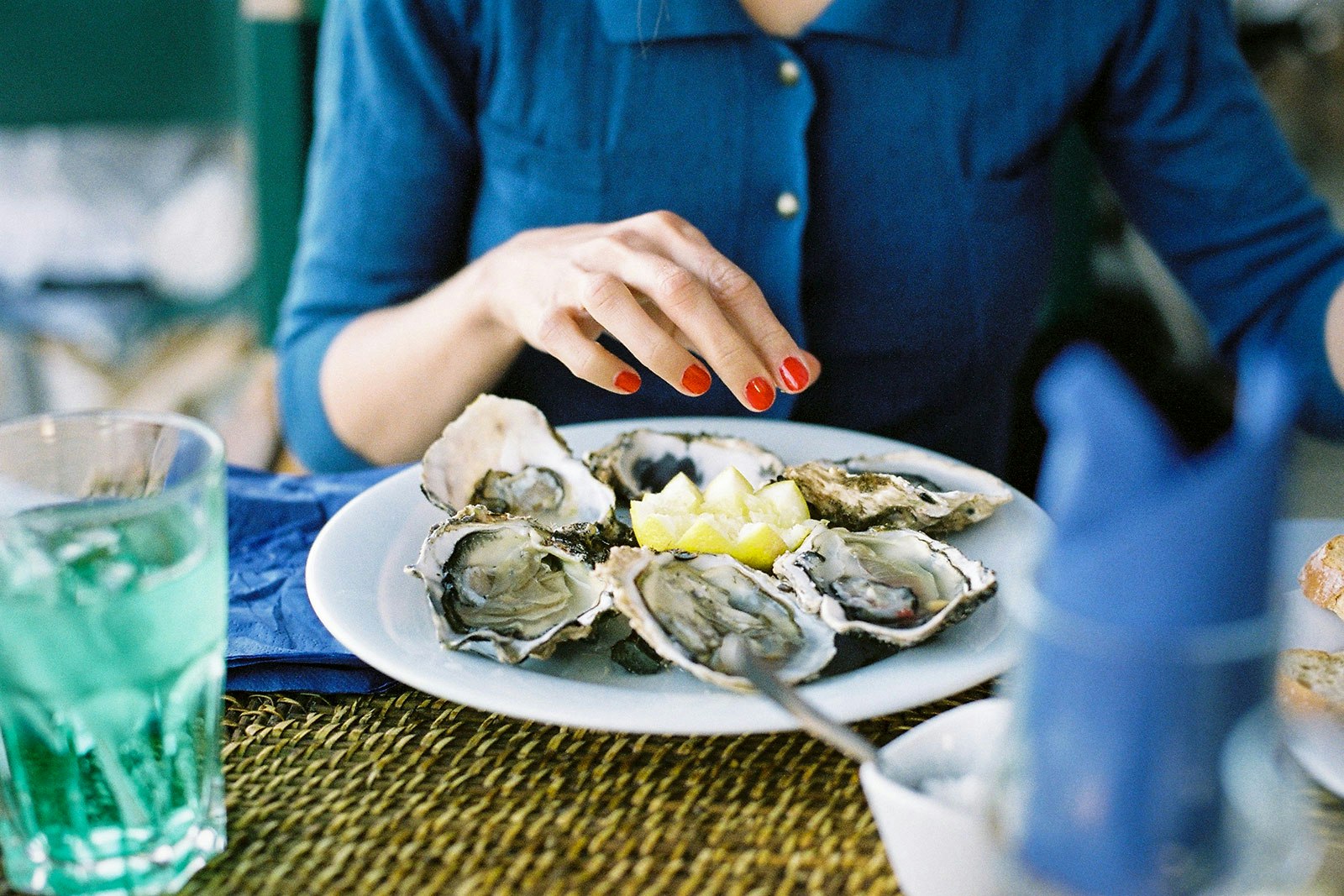
The state has set up an Oyster Trail featuring eight different routes that highlight and extol the beloved mollusks. Here are some highlights on Route No. 4 in the Northern Neck, east of Fredericksburg.
Rappahannock Oyster Company
Visit the village of Topping and you’ll find this influencer in the oyster world. Cousins Ryan and Travis Croxton took the helm of their grandfather’s business in 2001, at a time when the Chesapeake’s wild oyster population had been reduced by a whopping 99 percent. Committed to the bay’s ecology, the two joined in the local effort to help revive the oyster, and their hard work has paid off. Today more than 180,000 oysters are harvested each week from the company’s farm and are distributed to restaurants across the USA, including several of their own.
The company still has the feel of a mom and pop shop – visitors can walk out on the dock to see the nursery, where baby oysters (known as spat) grow in buckets until they are three months old, when they’re transported to oyster beds to mature. Then snag an outdoor table at the adjacent Merroir restaurant, enjoy the gorgeous waterside setting and snack on some of the freshest, sweetest oysters around.
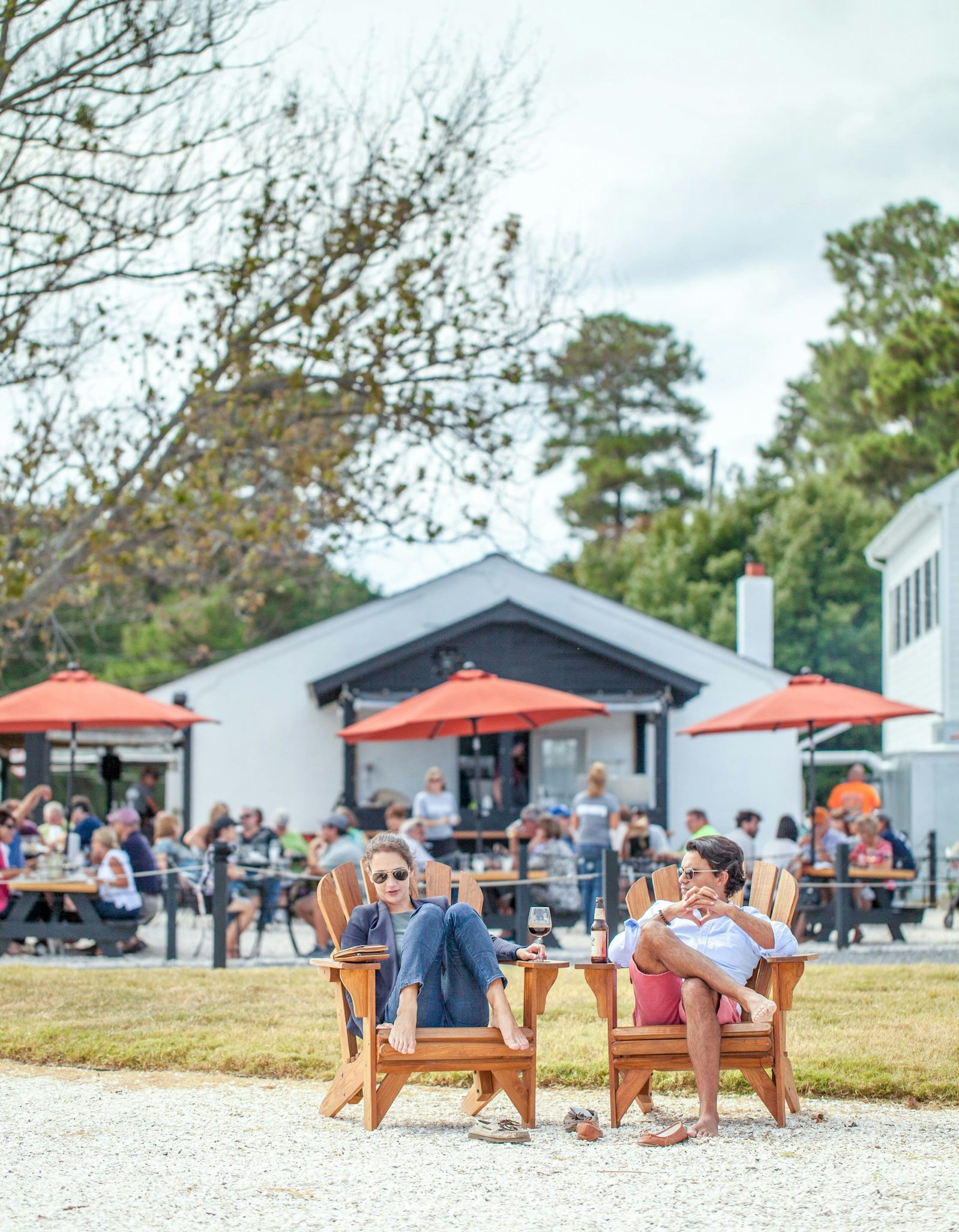
Tides Inn
This glorious historic inn on Carters Creek in Irvington has done its part in growing the Oyster Trail's reputation by turning the creek into an oyster sanctuary. Oysters thriving there will never be harvested, and their offspring will be flushed from the creek to populate working reefs in the nearby Rappahannock River. Guests can learn all about oysters at the inn’s Virginia Oyster Academy, a one-day immersion program that includes a harvest excursion on the water with a local waterman.
But, honestly, the best thing to do here is find a seat on the terrace and order the signature Angry Oyster: local oysters breaded and fried, then doused with house-made hot sauce. With a glass of local wine (or perhaps the Lancaster Lemonade, a winning combination of chilled vodka, limoncello and Northern Neck ginger ale), you’ll have discovered the Chesapeake’s version of oyster heaven.
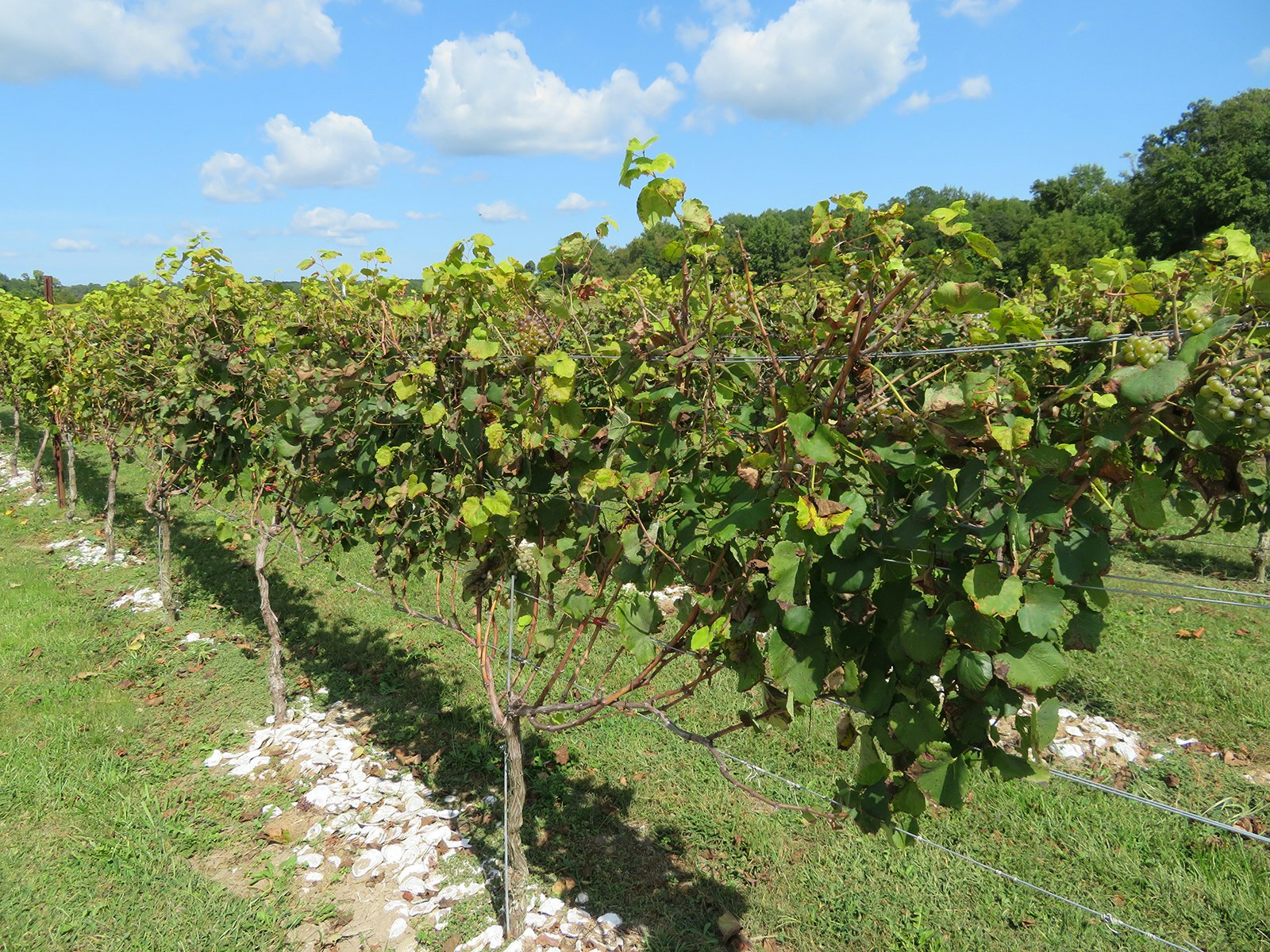
Dog & Oyster Vineyard
Some say there’s no better combo than oysters and wine, and that’s exactly the reason to come to this small winery in the picturesque town of Irvington. Owner Dudley Patteson talks about terroir, the influence of the soil, climate and rainfall on the grapes. Turns out, he says, oysters embrace the same concept – the influence of the water’s salinity, mineral content, rainfall, temperature and season – lightheartedly called merroir. The wines, with names like Oyster White and Pearl, are crafted to be paired with oysters, and you can count on both being offered on the winery’s menu. Pairings are hosted throughout the year.
Historic Christ Church & Museum
Historic Christ Church in Weems is an amazing architectural landmark in its own right. Built in 1735, it was the gift of wealthy landowner Robert King Carter and contains one of only two extant triple-decker pulpits from the period. But the reason it’s interesting in the oystering world is because of the oyster shells mixed into the plaster that covers the entire vaulted interior, as well as in the mortar that holds the bricks together, proving how integral oysters were in the everyday life of coastal Virginians.
Allure Art Center
This active art center in the charming village of White Stone isn’t devoted exclusively to the oyster, per se. However, it works with so many local artisans it's virtually guaranteed that plenty of oyster boats, Chesapeake water scenes, sailboats, and oysters themselves appear in various artistic expressions on its walls. A local artisan shop in the back sells art and handmade works, including an impressive forged steel oyster knife. An outdoor events venue hosts musicals and performance arts.
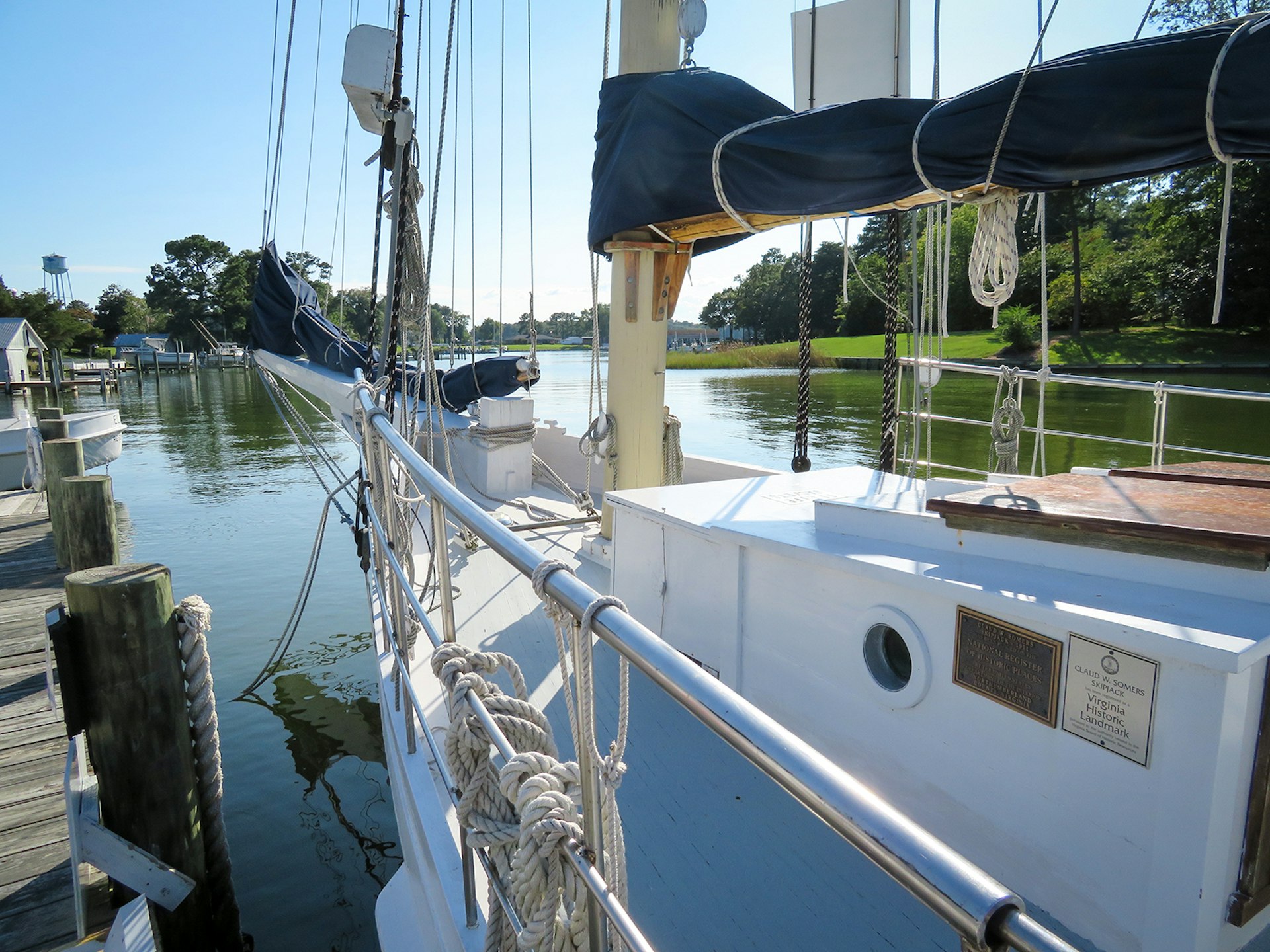
Reedville Fishermen’s Museum
Here’s the place to get the low-down on the region’s history and the role oystering has played through the centuries. At this Reedville museum, you’ll find historic photos and a real-life set of oystering tongs, the enormous hinged-rake contraptions once used to scoop oysters from the bottom of the bay. But the biggest reason to visit is to see the historic work boats moored on the creek out back. The Claud W. Somers is an authentic skipjack once used for oyster dredging in the Chesapeake (visitors can jump onboard for a sail June through October), and the Elva C. is a buy boat with a large, open deck where oystermen once spread out their oysters for sale. Also on the grounds is a replica of the barge in which Capt. John Smith sailed up the Chesapeake in 1608 – the first European to note the oyster bounty. Special events are hosted throughout the year, including an oyster roast in November.
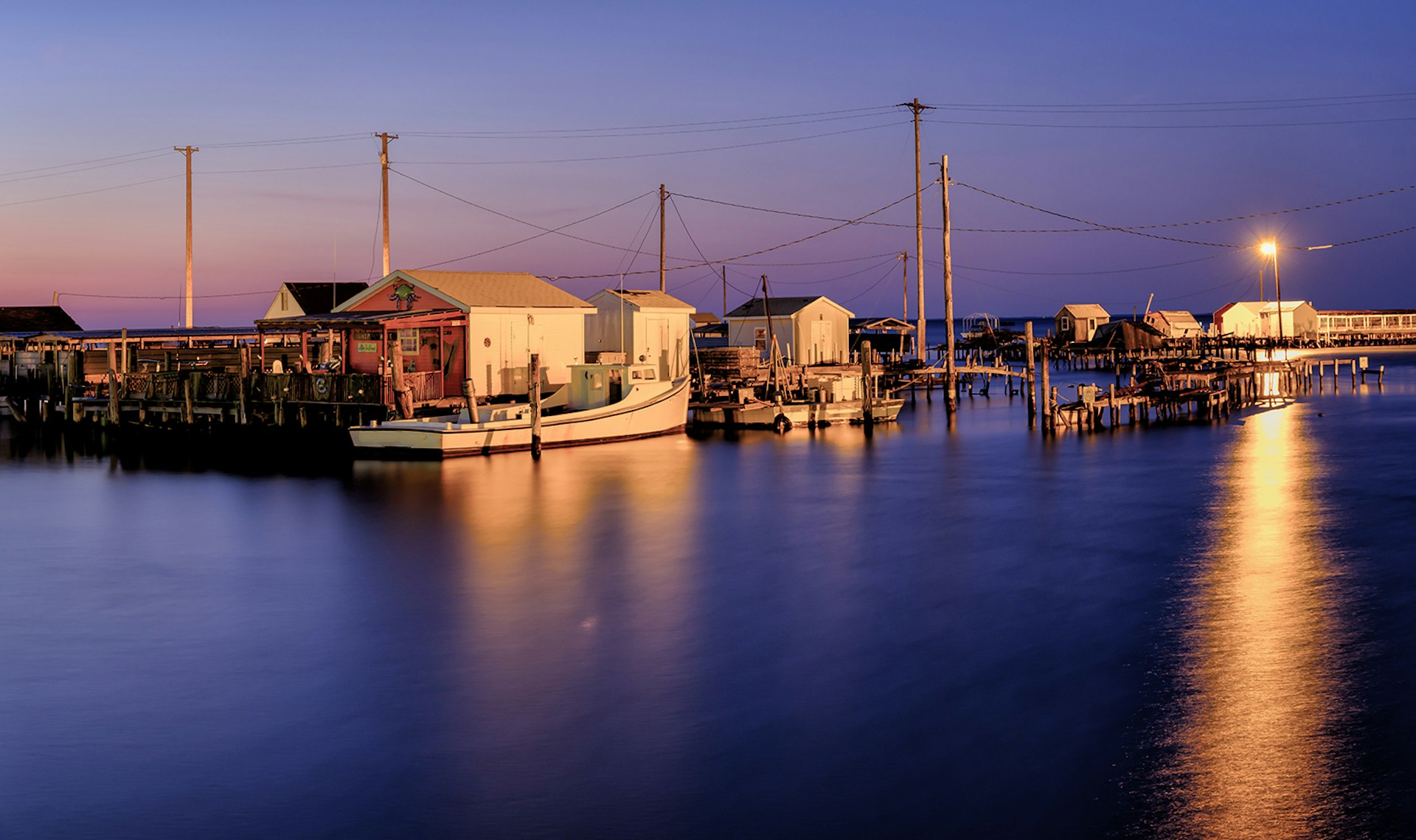
Tangier Island
Take the seasonal ferry from Reedville to this isolated isle in the middle of the Chesapeake, where Tangierians have lived off the waters’ oysters and crabs for centuries. It’s a serene place, with New England-style cottages surrounded by white picket fences dotting the flat, marsh-filled landscape; life here is not easy, though, as residents are forever at the mercy of the weather and the ebbs and flows of the wild crab and oyster populations.
It’s also home to the relatively new Tangier Island Oyster Company, which works with local watermen to farm oysters to feed the nation’s hunger for sweet, delectable oysters and provide Tangierians with new job opportunities. You can spend the day on the island or stay overnight; whatever you do, stop by Hilda Crockett’s Famous Chesapeake House Restaurant for a community-style meal of clam fritters, crab cakes, hot corn pudding, pickled beets and other typical island fare.
Burke’s Fine Jewelers
The local oystering tradition has also influenced jewelry artisans. At Burke’s Fine Jewelers in Kilmarnock, a third-generation, family-owned shop, you’ll find custom-designed pieces integrating oyster shells, as well as crabs, sailboats and other Chesapeake symbols. If you make the rounds to the region’s many artisan shows (including the annual Arts on the Vine), you’ll see the name Burke time and again.












